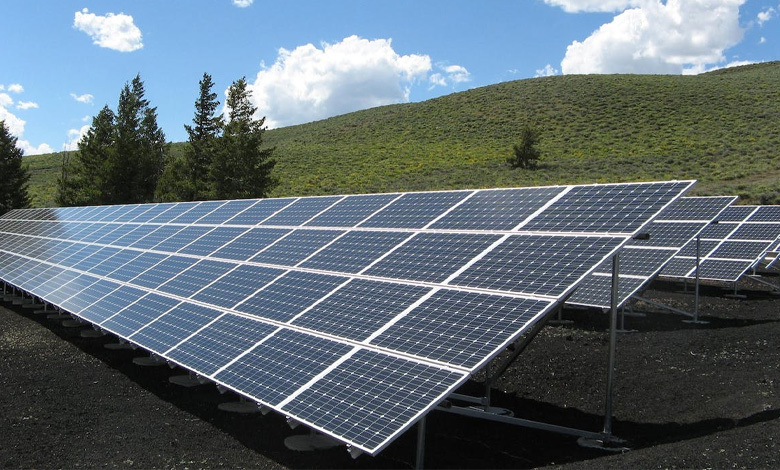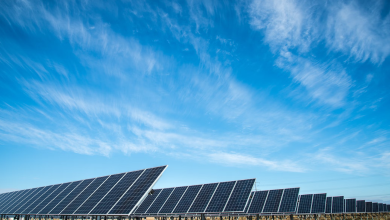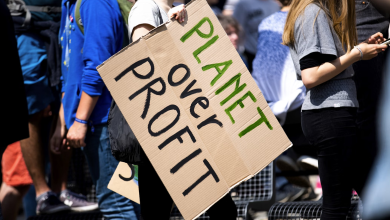Solar Power Under Pressure: Australia’s Grid Faces Climate Challenge

In Australia, the production of renewable electricity is at an all-time high. In 2022, 36% of the country’s electricity came from renewable sources. With a 15% renewable contribution, solar photovoltaics (PV) had the largest share and is predicted to continue expanding in the years to come.
However, considering the influence of meteorological conditions on their output, the growing proportion of grid-connected renewable energy sources makes it more difficult to maintain a stable electrical grid.
What effect will climate change have on weather-induced variability in solar generation is a question that is becoming increasingly significant. For the next hundred years, the impact of climate change on Australia’s solar resource reliability will be measured for the first time by our recently published research.
We discover that more weather-induced variability will occur in some Australian regions than in others as the climate warms. By the end of the century, there should be less sporadic or lull periods of solar power generation, especially in Australia’s eastern regions. On the other hand, long stretches of little to no power generation are ahead for some parts of the West.
The good news is that solar power appears to have a bright future throughout most of Australia, even with the changing climate. According to our research, the areas where we currently have solar farms will see an increase in the reliability of solar resources.
How does grid stability get impacted by solar growth?
Electricity produced by large solar and wind farms, rooftop solar, hydropower, coal, and gas-fired power plants, and other sources is distributed via the grid.
In contrast to coal- or gas-fired power plants, renewable energy sources produce intermittent power. Depending on the local weather, it varies. For instance, the amount of solar power produced is dependent upon the location’s irradiance, sunlight intensity, and—most importantly—cloud cover.
Hence, variations in the weather have an impact on the quantity of energy fed into the grid. These variable outputs have the potential to result in voltage swings and blackouts in addition to an imbalance between the supply and demand for electricity.
Read More: ‘Mosaic Forest’, Where Climate Change Challenge Meets Its Match
A particular frequency and voltage are required for the proper operation of electrical equipment. The equipment may be harmed if the voltage surpasses the threshold. On a bigger scale, frequency instability or voltage variations can set off safety features that knock out sections of the grid.
Australia’s electricity generation sources
Australia generated 35.9% of its electricity from renewable sources in 2022, up from 32.5% in 2021.
How does the changing climate impact solar output?
Based on projections from regional climate models, our findings indicate that by 2099, solar resource availability in most of Australia could rise by up to 1% under the higher emissions scenario known as RCP8.5, which is commonly referred to as “business as usual.” We anticipate slight drops of 0.25–0.5% in the west.
In a similar vein, the east will see an increase of up to 30 minutes annually in the duration of extractable solar power, or “episode lengths.” In the West, we anticipate slight declines. This indicates that the eastern resource will be more dependable, and we can anticipate a more steady supply of electricity produced by solar photovoltaic systems. The PV yield may be lowered by higher temperatures, which are not taken into account.
Additionally, we project that eastern Australia will experience a 25-minute annual decrease in “lulls,” or periods of no to minimal power generation. In the west, we anticipate slight increases in lulls. The primary cause of these alterations is the rise in clear-sky days in the eastern regions.
A less promising future for the biggest solar farm in the world
In the Northern Territory, Sun Cable is building the biggest solar farm in the world. It will be able to produce energy of at least 14 gigawatts. Singapore and Darwin will receive electricity from Sun Cable.
Our simulations show that by 2099, radiation at the Sun Cable solar farm will have decreased by 2%. By then, this might result in a loss of roughly 280 megawatts of its total generation capacity.
Additionally, we anticipate shorter episodes for the Sun Cable farm. This suggests that dependable power output will occur more often. Similarly, because there will be more lull periods throughout the day, it is anticipated that the power generated will fluctuate greatly.
To address intermittency, Sun Cable will probably need to think about implementing energy storage technologies as well as techniques for managing voltage variations.
What more should Australia take into account?
The urgent need to drastically cut carbon emissions and get ready for extreme climate change is emphasized in the most recent Intergovernmental Panel on Climate Change (IPCC) report. Global development of additional grid-connected renewable energy technologies is one of the most effective ways to achieve this.
Australia has set a lofty goal for renewable energy, and more grid-connected solar farms are likely to come online in the future. As a result, grid managers and distributors will need to handle spikes in demand and fluctuations in supply in the future.
Utilizing storage facilities to absorb energy during periods of high output is one of the most effective solutions. When intermittent or nonexistent renewable output occurs, these can then provide energy. Naturally, batteries are the best option, and by 2025, Australia will have multiple large battery storage facilities.
To reduce future risks, we should evaluate the effects of climate change using a variety of climate models and future scenarios before establishing large-scale solar plants. Installing hybrid renewable energy plants at the same location, like solar and wind power, is something else we should think about. This will assist in reducing intermittency by optimizing the energy mix.



